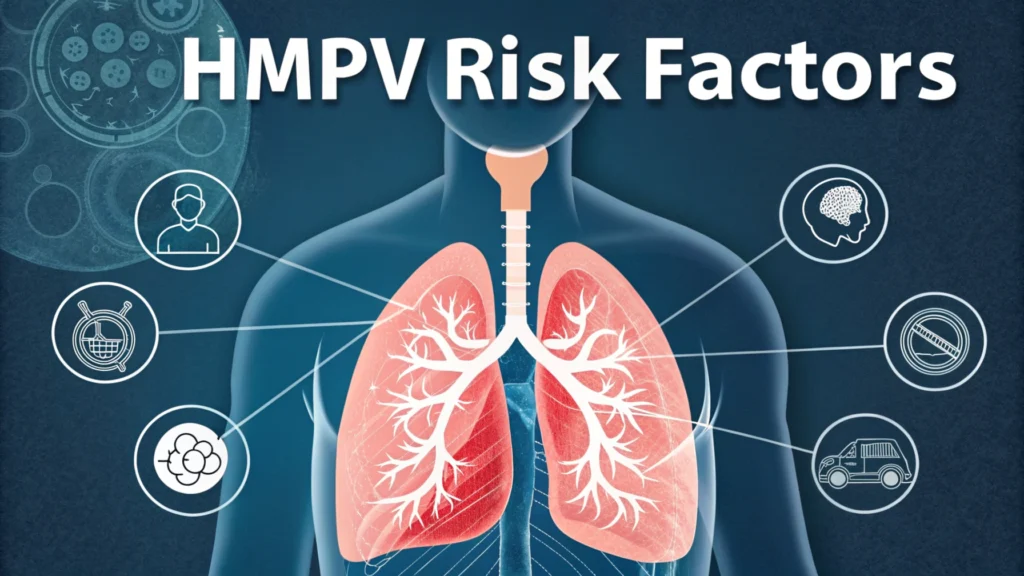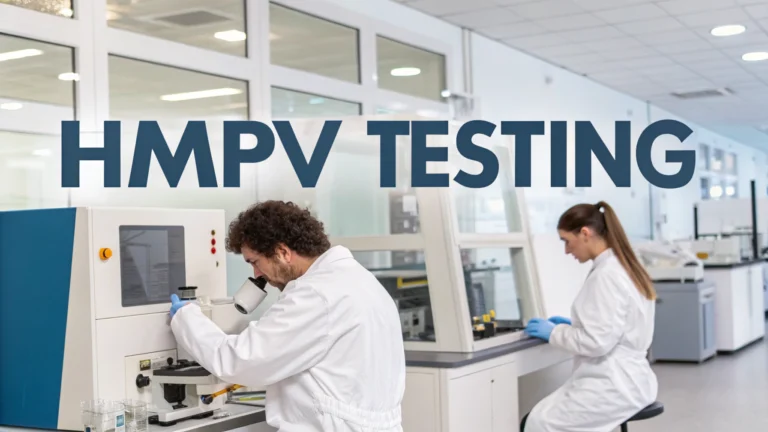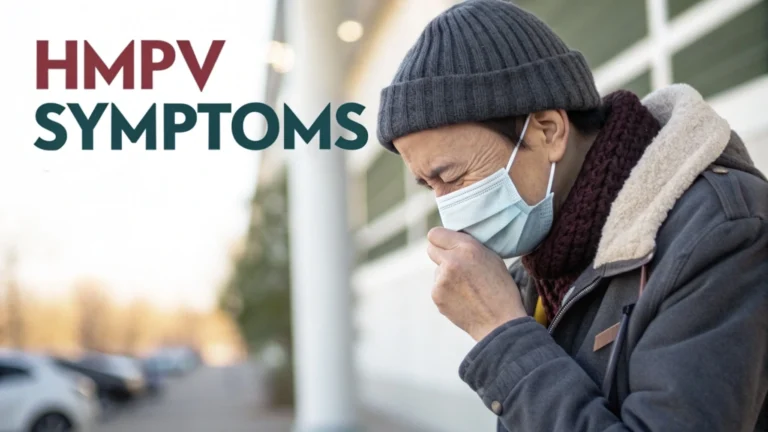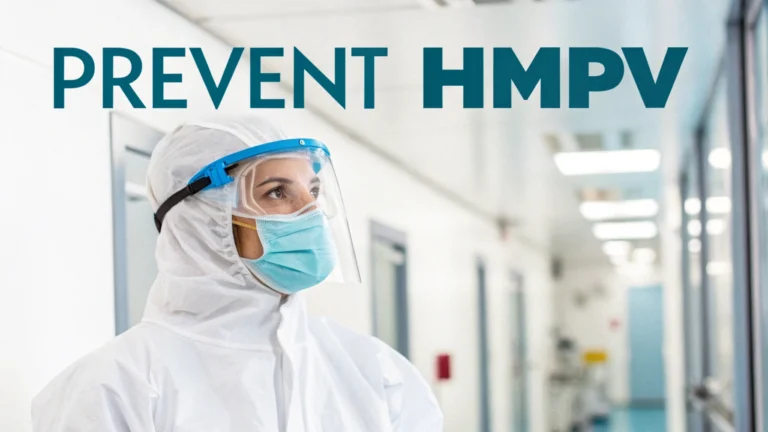HMPV Risk Factors Exposed: 9 Warning Signs You’re More Vulnerable Than You Think

Are you unknowingly at high risk for Human Metapneumovirus (HMPV)? Recent studies show that 1 in 3 adults underestimate their vulnerability to this respiratory virus. Let’s discover if you’re in a high-risk category and what you can do about it.
Understanding Your Risk Level
HMPV affects different people in vastly different ways. While some experience mild symptoms, others face severe complications. Understanding your risk factors is crucial for protecting your health.
9 Critical Risk Factors for HMPV
1. Age-Related Vulnerability
- Children under 5 (80% infected by age 5)
- Adults over 65 (3x higher hospitalization rate)
- Premature infants (5x increased risk)
2. Immune System Status
High-risk conditions include:
- Autoimmune diseases
- Cancer treatment
- Organ transplant recipients
- HIV/AIDS
- Long-term steroid use
3. Respiratory Conditions
Pre-existing conditions increasing risk:
- Asthma (2.5x higher complication rate)
- COPD
- Bronchiectasis
- Cystic fibrosis
4. Cardiovascular Health
Heart-related risk factors:
- Congenital heart disease
- Heart failure
- Hypertension
- Recent cardiac surgery
5. Environmental Exposure
Risk increases with:
- Crowded living conditions
- Daycare attendance
- Healthcare work
- Public transportation use
6. Seasonal Factors
Higher risk periods:
- Winter months (3x increase)
- Early spring
- Seasonal transitions
- Holiday seasons
7. Lifestyle Factors
Habits affecting vulnerability:
- Smoking
- Poor nutrition
- Lack of exercise
- Insufficient sleep
8. Occupational Risks
High-risk professions:
- Healthcare workers
- Teachers
- Childcare providers
- Public service workers
9. Medical Procedures
Increased vulnerability during:
- Recent surgery
- Chemotherapy
- Radiation therapy
- Immunosuppressive treatments
Understanding Risk Multiplication
Multiple risk factors create compound effects:
- Two factors = 4x risk increase
- Three factors = 9x risk increase
- Four or more = 16x risk increase
Special Risk Categories
Pregnancy
Pregnant women face:
- 2.5x higher hospitalization risk
- Increased severity of symptoms
- Greater risk of complications
- Extended recovery time
Chronic Health Conditions
Additional risk factors include:
- Diabetes
- Obesity
- Kidney disease
- Liver conditions
Risk Assessment Tools
Consider these factors:
- Personal health history
- Living environment
- Occupation
- Daily routines
Prevention Strategies for High-Risk Individuals
Immediate Actions
- Regular hand hygiene
- Mask wearing in high-risk situations
- Environmental cleaning
- Social distancing when necessary
Long-term Protection
- Immune system strengthening
- Regular health monitoring
- Environmental modifications
- Healthcare provider consultation
Early Warning Signs
Watch for:
- Unusual fatigue
- Mild respiratory symptoms
- Temperature changes
- Decreased appetite
Risk Reduction Steps
Daily Practices
- Hand washing protocol
- Personal space maintenance
- Surface sanitization
- Health monitoring
Environmental Controls
- Air quality management
- Humidity control
- Ventilation optimization
- Regular cleaning
Conclusion
Understanding your HMPV risk factors empowers you to take control of your health. While some risk factors can’t be changed, many can be managed effectively with proper precautions and lifestyle modifications.








